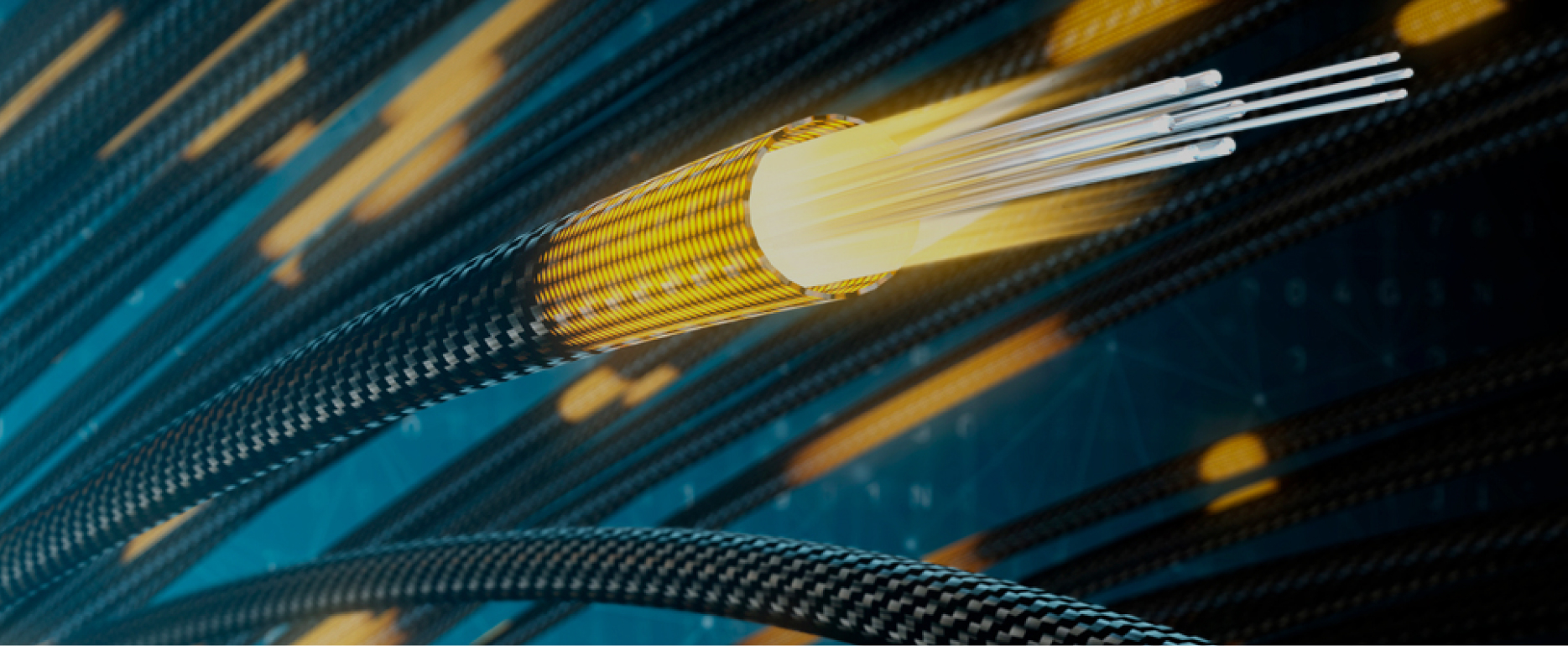Air-Blown Fiber (ABF) installation is an advanced method of deploying fiber optic cables within pre-installed microducts using compressed air. Known for its efficiency, flexibility, and cost-effectiveness, this technology is particularly advantageous for networks requiring future expansion, modification, or upgrades.

Air Blown Fiber (ABF)
Installation







